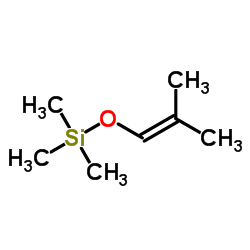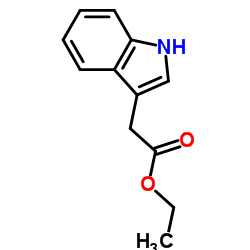| 结构式 | 名称/CAS号 | 全部文献 |
|---|---|---|
 |
2-甲基-1-(三甲基硅氧基)-1-丙烯
CAS:6651-34-9 |
|
 |
3-吲哚乙酸乙酯
CAS:778-82-5 |